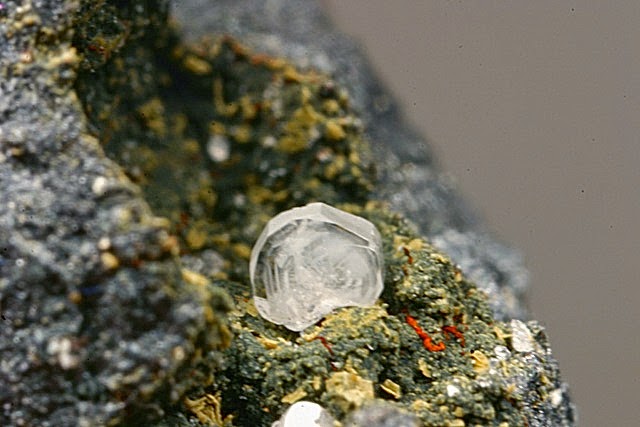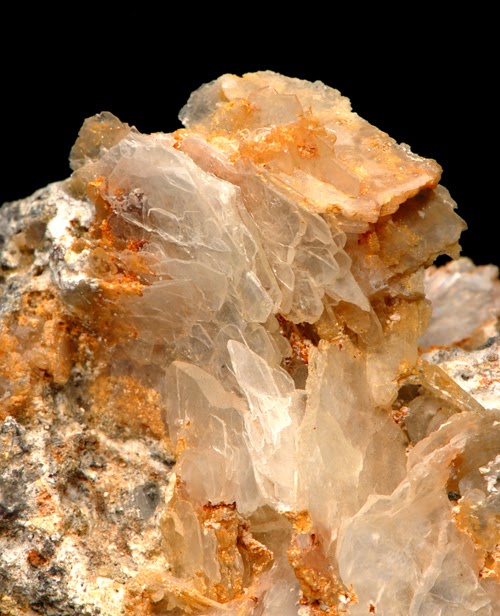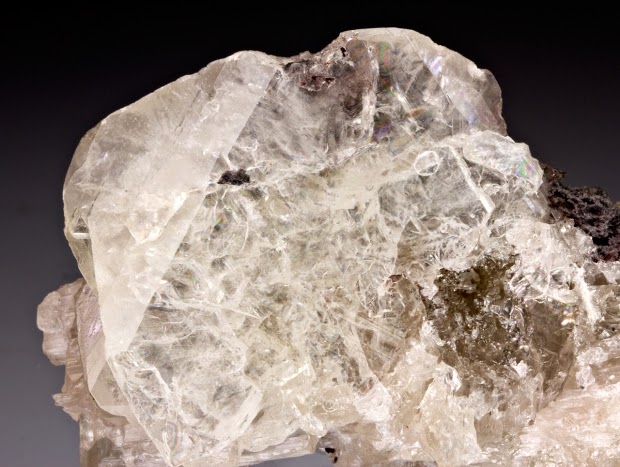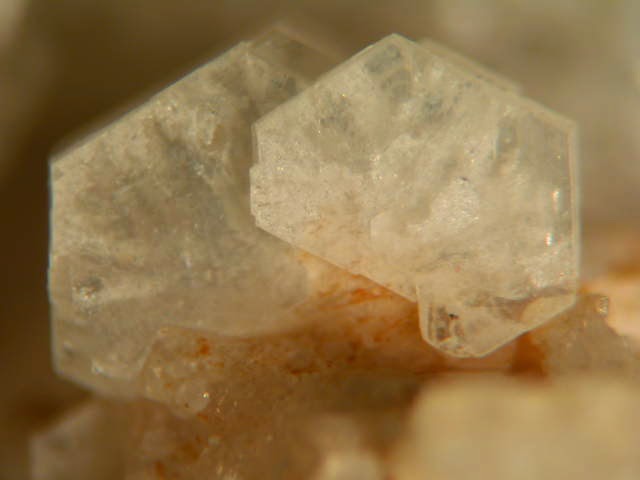
Chemical Formula: Pb4SO4(CO3)2(OH)2
Locality: Leadhills, Lanarkshire, Scotland.
Name Origin: Named for the localiy.
Leadhillite is a lead sulfate carbonate hydroxide mineral, often associated with anglesite. It has the formula Pb4SO4(CO3)2(OH)2. Leadhillite crystallises in the monoclinic system, but develops pseudo-hexagonal forms due to crystal twinning. It forms transparent to translucent variably coloured crystals with an adamantine lustre. It is quite soft with a Mohs hardness of 2.5 and a relatively high specific gravity of 6.26 to 6.55.
It was discovered in 1832 in the Susannah Mine, Leadhills in the county of Lanarkshire, Scotland. It is trimorphous with susannite and macphersonite (these three minerals have the same formula, but different structures). Leadhillite is monoclinic, susannite is trigonal and macphersonite is orthorhombic. Leadhillite was named in 1832 after the locality.
Physical Properties
Cleavage: {001} Perfect, {100} Indistinct
Color: Colorless, Gray, Yellowish, White, Light blue.
Density: 6.26 – 6.55, Average = 6.4
Diaphaneity: Transparent to translucent
Fracture: Sectile – Curved shavings or scrapings produced by a knife blade, (e.g. graphite).
Hardness: 2.5 – Finger Nail
Luminescence: Fluorescent, Short UV=weak gray yellow, Long UV=weak grey yellow.
Luster: Adamantine
Streak: white
Photos :













